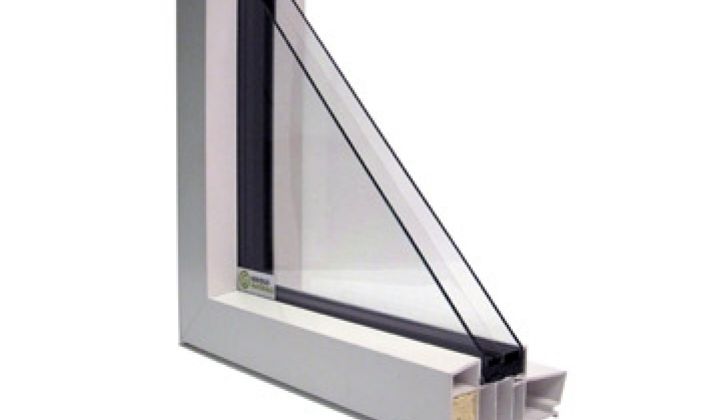San Francisco–Make it where they live, says Serious Material CEO Kevin Surace.
The green building-material developer is participating in the energy-efficient retrofit of the Empire State Building by supplying insulating windows to the project. But rather than make the windows at its factory in Pennsylvania and then ship them to New York, Serious is taking the building's existing windows and turning them into thermal windows in a small factory erected on the fifth floor of the building, Surace said during a presentation at the State of Green Business Conference sponsored by Greenbiz.com, which is taking place in San Francisco today.
The owner of the building didn't want to throw out the existing windows, which are only about 12 years old. After the upgrade, the windows will save about $500,000 a year in energy costs.
"The number one place to save is high (thermal) value windows," said Surace."It is your money. You were going to give it to the phone company.
Other things going on at the conference:
--Rick Rommel, senior vice president of emerging business at Best Buy, says the electronics retailer wants to become your big brother in home energy management. You want an electric car or scooter? They will sell it to you. Networked appliances? Check. Services? Yes.
"We are that last five feet to make it possible," he said.
--Intel is starting to look at opportunities in climate adaptation, i.e., technologies that can help nations come up with ways to mitigate the likely unavoidable changes to the environment no matter how many solar panels get installed next year. This insight came from Lorie Wigle, who runs Intel's energy initiatives, during an interview conducted in a coffee shop across the street from the conference.
"There have been great strides in the level of granularity in weather prediction in HPC (high-powered computing)," she said. "Some of the most intense HPC applications are for weather and climate."
Intel is continuing to work with standards bodies and utilities on smart-grid initiatives. In China, technologists and officials now talk about "smart grid" and "strong grid." Strong grid refers to making it more reliable. People seem to want to talk more about smart grid lately, Wigle added.
The home and building automation push at Intel continues. Last year, executives started talking about how digital technology could help improve home automation and energy efficiency. The comments were clear clues that Intel would soon be trying to get its chips into these types of home systems. At CES in January, CEO Paul Otellini showed off a prototype of a home-control system. Consumer electronics manufacturers that want to make a device based on Intel's design (which just happens to have an Intel Atom processor in it) can do so if they want. Intel has already lined up a contract manufacturer to produce them for those brand-name manufacturers that may show signs of interest.
Intel is also working on a project in Paris to build a net positive energy office building. In this project, the IT system will be linked to the building management system. The project will also give Intel a chance to study whether IT technologies could become the basis of future building management systems.



